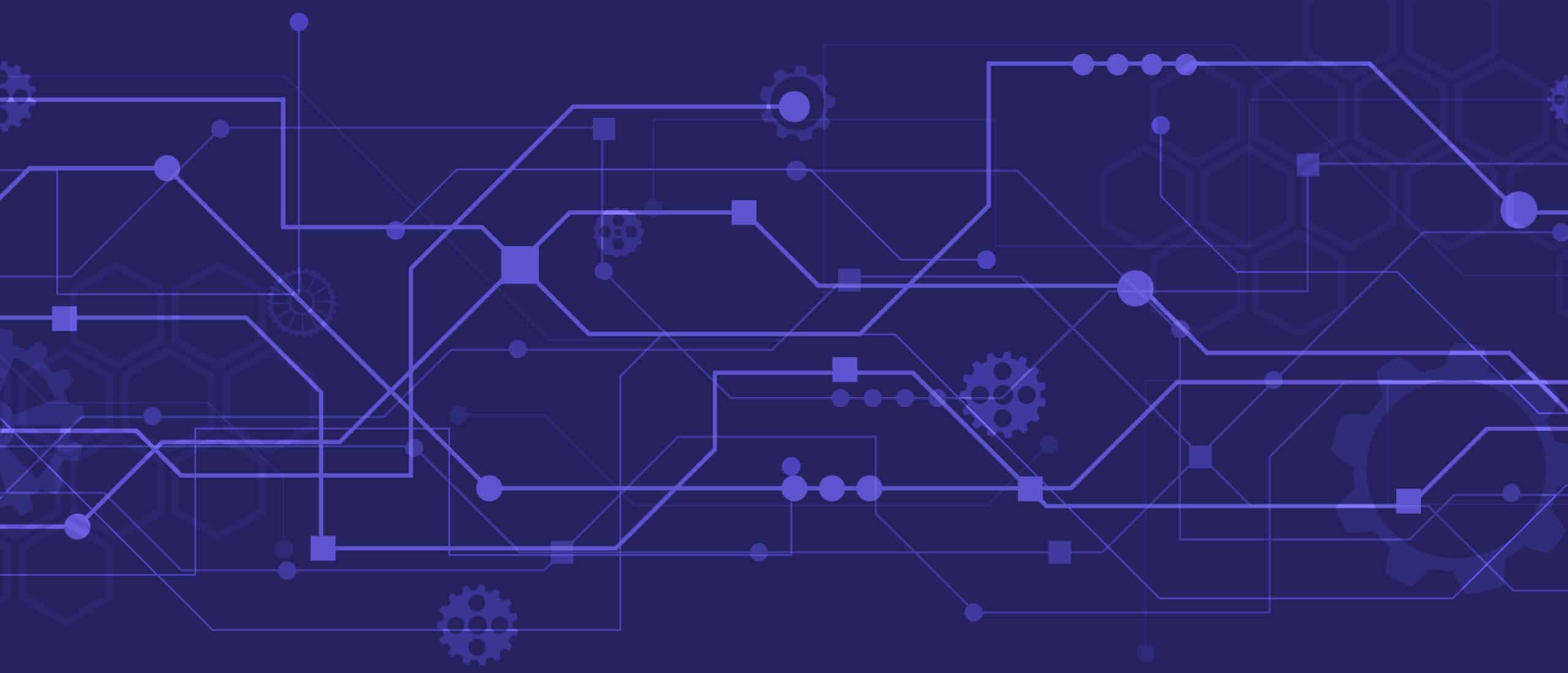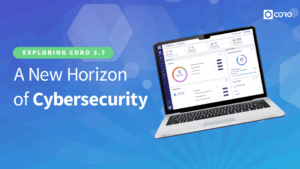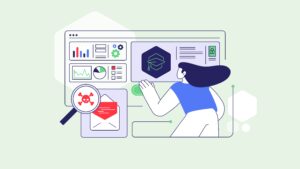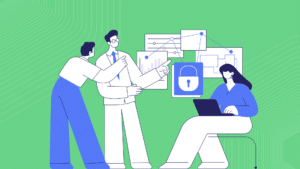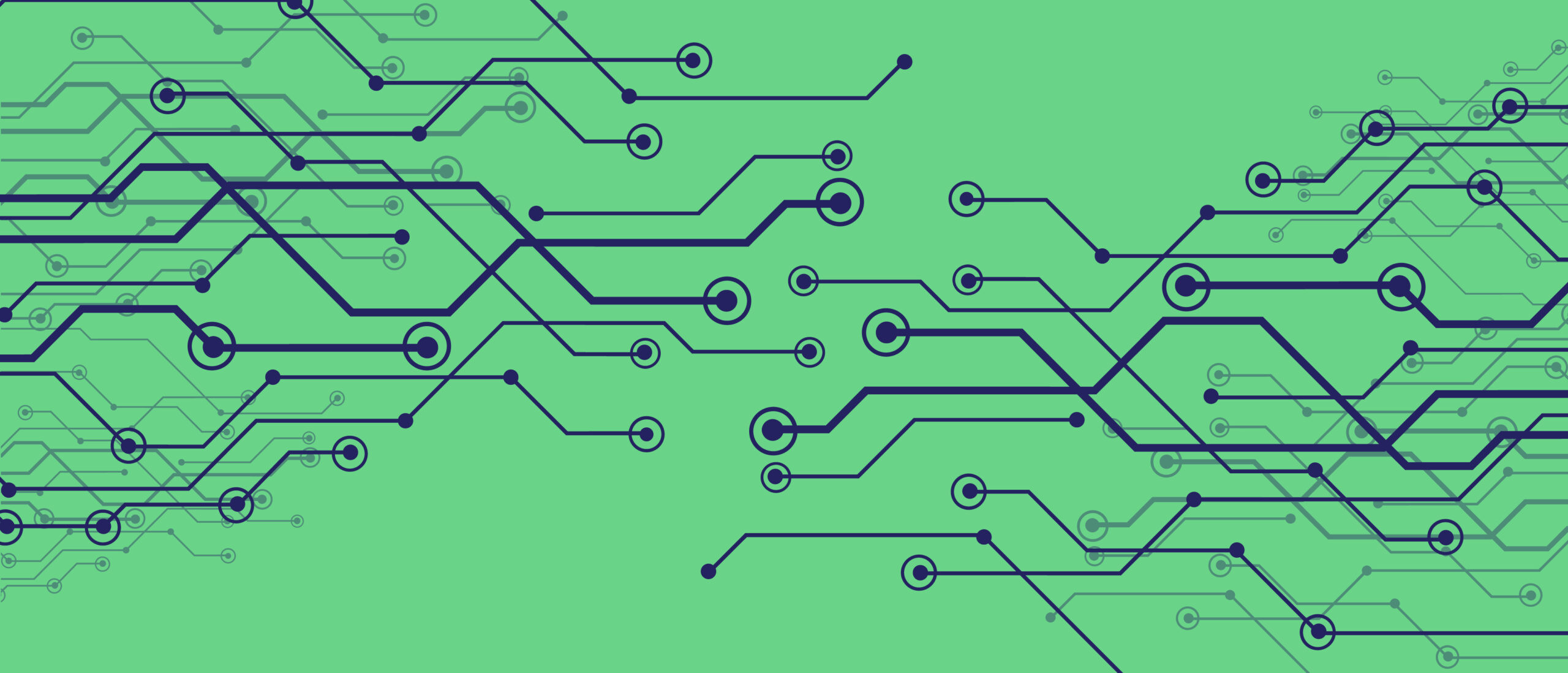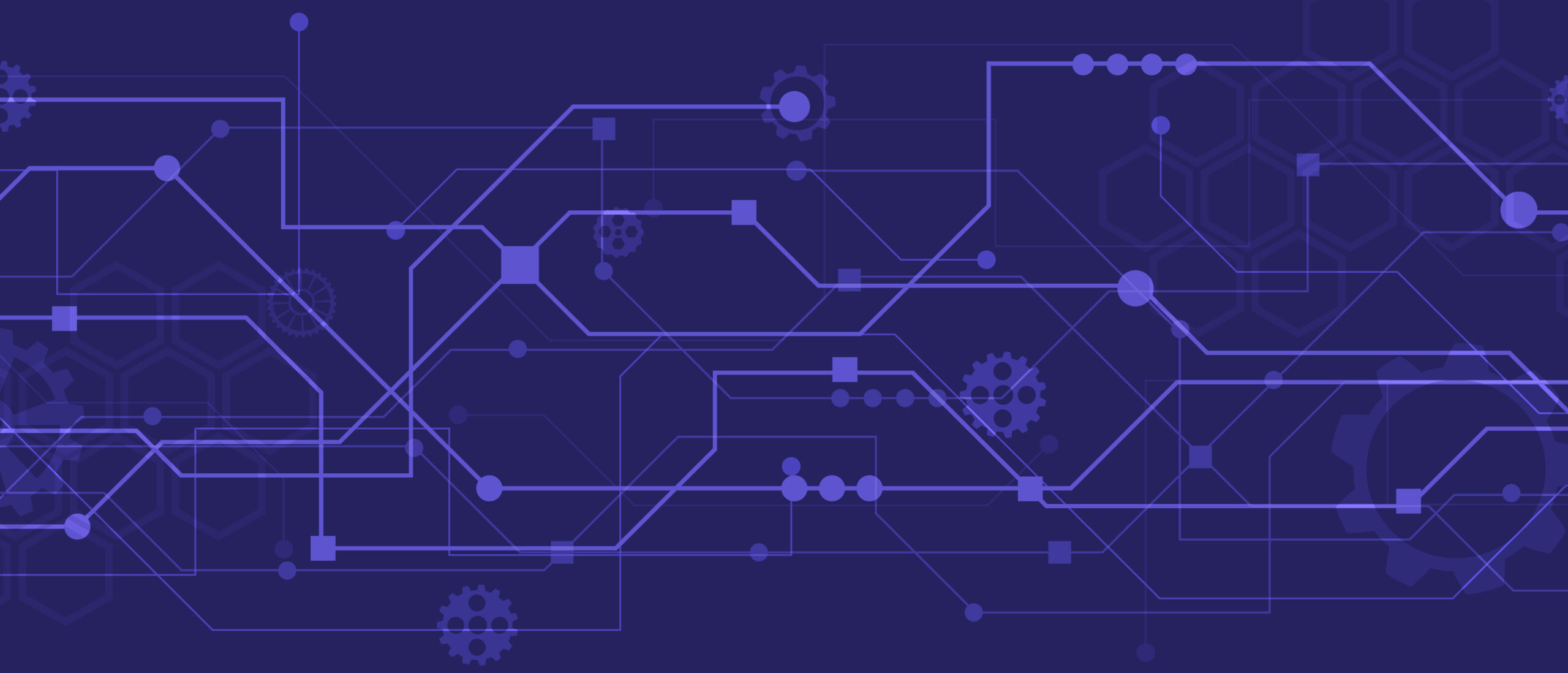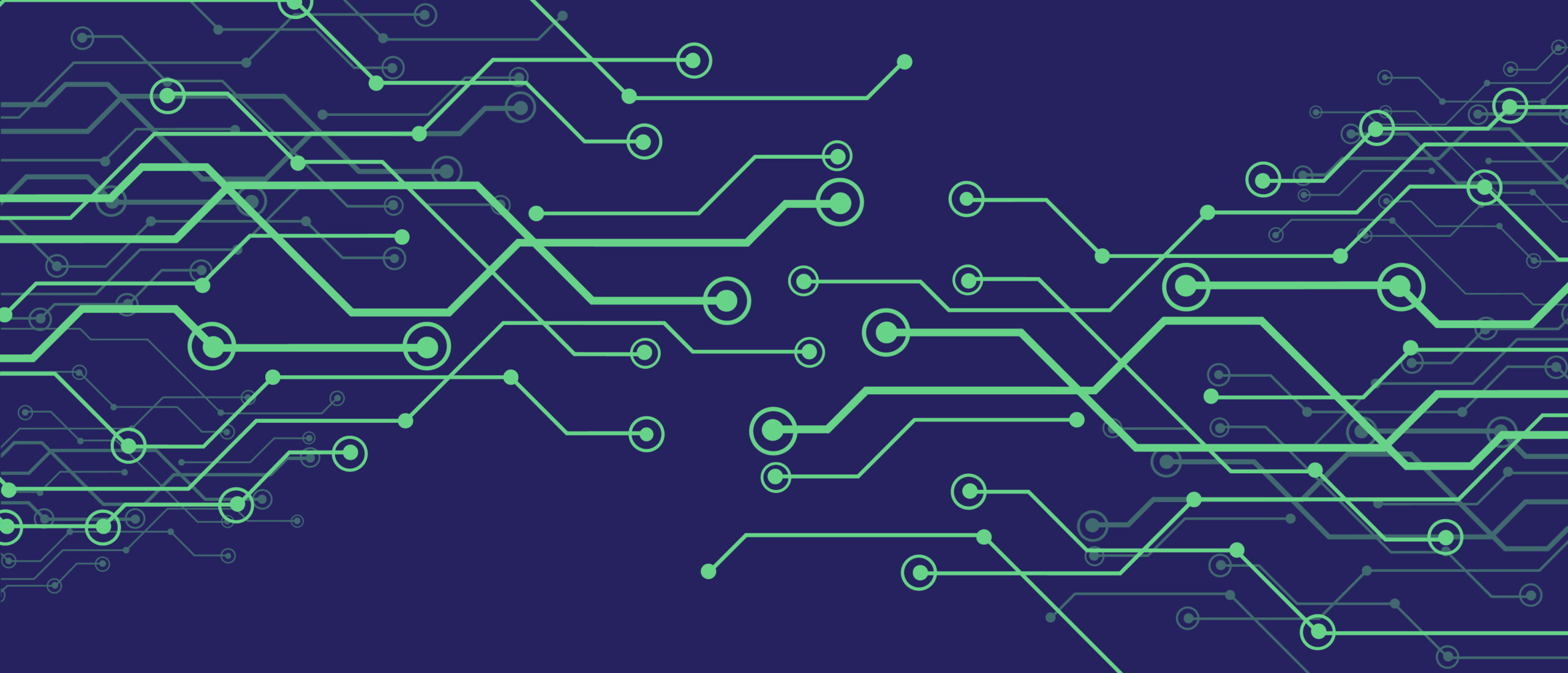K-12 education is one of the most targeted industries for ransomware. Damage can include permanent or temporary closures, monetary costs, and, of course, data losses that impact the wider school community.
More than 647,000 US students were impacted by hacks or attacks on their schools in 2021 alone, according to GAO.gov. And attacks against schools are increasing by 30% quarter-to-quarter.
For schools that are already battling to fund the materials, equipment, staff, and support they need to foster an environment conducive to learning, cyber threats stretch their overburdened budgets considerably—that is to say if they can afford to take action at all.
Fortunately, there are solutions that will provide proactive security protection to safeguard a school’s data without requiring a substantial investment.
Why Are Schools Being Targeted?
School districts may not seem like lucrative targets, especially struggling K-12 schools. However, to a cybercriminal, a school is a more rewarding target than, say, a bank for several reasons:
- Data: Schools are a treasure trove of information, including student data, administrative records, and the credit card and social security numbers of parents.
- Success rates: Nearly half of all schools that were subjected to ransomware attacks paid the ransom in order to get their data back. Often, when schools refuse to pay the ransom, hackers will reach out to parents of students directly and offer to withhold their data from being sold or made public in exchange for payment.
- Lack of defenses: Schools spend less than 10% of their IT budget on cybersecurity, which makes them easy targets.
A ransomware attack or data hack can have devastating consequences on schools, including disruption to classes, identity theft, fraud, or even closures.
How Are Criminals Getting In?
Criminals use a number of different methods to gain access to schools’ networks and systems. According to reports:
- 30% of attacks on lower educational institutions originated through malicious emails/phishing
- Exploited vulnerabilities and compromised credentials accounted for 77% of ransomware attacks at higher educational institutions, threatening school operations.
- Email-based attacks drove one in five ransomware incidents for higher educational institutions. According to Internet Safety Labs, nearly all apps (96%) used by schools use apps with unsafe data-sharing practices.
Considering these common starting points, addressing these gaps in their security posture doesn’t have to be complex or expensive, especially with the right cybersecurity partner.
What Schools Can Do to Protect Themselves From Cyber Attacks
The most important step every school has to take is to recognize that they are under threat. Knowing where the weak points and vulnerabilities are is the first step to a more secure school environment. Once you understand the chinks in your armor, it’s time to address them. Here are a few considerations:
Endpoint Security
Endpoint protection is a type of cybersecurity software that protects devices like laptops, desktops, smartphones, and tablets from cyber threats. These devices are called “endpoints” because they are the points at which users access a network. Endpoint protection software helps to prevent malware, viruses, and other attacks from infecting these devices. Because a large volume of attacks on schools (and businesses) start with email-based attacks like phishing, endpoint protection is key.
Endpoint protection software works by scanning files and applications for malicious code, monitoring system activity for suspicious behavior, and blocking unauthorized access to data. It can also provide features such as data encryption to protect sensitive data from being accessed if a device is lost or stolen. Schools can also block certain high-risk applications (and the malware that may be hidden inside) from being installed by students through application whitelisting.
Endpoint protection solutions can also include other tools that make schools safer for students, such as web filtering that prevents students from visiting malicious or inappropriate websites.
A study by Stanford University found that 88% of data breaches are caused by human error. In these cases, staff or students may inadvertently share sensitive information, such as personally identifiable information (PII), payment card information (PCI), protected health information (PHI), and other regulated sources of data, which can be exploited.
The right cybersecurity solution employs automated scanning techniques to analyze files and emails within a school’s network. This scanning capability allows it to sift through vast amounts of data quickly and efficiently. Upon detecting sensitive data, the software triggers alerts to administrators or designated personnel within the organization. These alerts serve as notifications of potential data leaks or compliance violations, prompting immediate action to mitigate risks and address any breaches.
Conduct Regular Security Audits and Backups
School systems should prioritize conducting routine security audits across all individual schools within their districts. These audits help identify vulnerabilities in systems, enabling swift implementation of security measures to address and mitigate potential risks effectively.
Schools should prioritize regular backups of their data to mitigate the impact of potential cyber-attacks. By maintaining up-to-date backups, educational institutions can minimize downtime and swiftly recover essential information in the event of a security breach or data loss incident.
Patching and Updates
Make sure that the software is up-to-date and patched regularly. Patching involves applying updates released by developers and manufacturers, which often include security patches. These updates address vulnerabilities and strengthen the resilience of systems against potential cyber threats. By staying current with patches, schools minimize the risk of exploitation by malicious actors seeking to compromise sensitive data or disrupt operations.
Enabling Two-Factor Authentication
Implementing two-factor authentication adds an additional layer of security to user accounts, requiring a secondary form of verification beyond passwords. By simply incorporating this authentication method, school systems enhance access controls and mitigate the risk of unauthorized account access.
Staff and Student Education
It’s ironic that schools often skip this important step: training, cybersecurity education, and student engagement are often your best defense.
Many users (including teachers and students) may not be aware of the various cyber threats targeting schools—including phishing scams, malware attacks, and data breaches—as well as the consequences.
Training helps everyone working at or attending the school to recognize suspicious emails, websites, and online behaviors that could compromise security.
Users learn to avoid clicking on suspicious links and downloading files from untrusted sources to mitigate the risk of malware infections. Training also emphasizes the significance of creating strong, unique passwords and avoiding password sharing to prevent unauthorized access to accounts – the root cause of a third of all attacks.
In many schools, this can extend even further. Training programs address cyberbullying and emphasize the importance of respectful communication and responsible social media usage among students. Students can also learn how to report instances of cyberbullying and seek support from school authorities or counselors when needed.
Cybersecurity awareness is an ongoing process, and users benefit from periodic updates and refresher courses to stay informed about emerging threats and security best practices.
Instilling a culture of security fosters a sense of collective responsibility among students, faculty, and staff for protecting school resources and sensitive information.
Approaching Your Budget
The next question, of course, is how we budget for all this. Comprehensive security doesn’t have to carry a hefty price tag. Here’s how to approach cybersecurity budget:
Make a Budget That Makes Sense
This is obvious, but a clear and sensible budget is the most important part of good money management. It helps people make decisions, holds them accountable, and stops the school from spending too much. Setting a technology budget helps schools select projects, make good use of resources, and keep an eye on costs.
Invest Money on Long-term Solutions
Long-term solutions allow schools to save money and keep up with technology changes without having to make upgrades all the time. Cloud-based cybersecurity solutions, for instance, offer scalability, flexibility, and low costs by getting rid of the need for physical infrastructure and upkeep on-site. By spending money on these kinds of solutions, schools can get the newest technologies without spending a lot of money.
Plan to Scale
Scalability is necessary to adapt to future growth and technology progress. Schools need to spend money on IT solutions that are scalable so that they can change with the times and meet more demand without increasing costs. By planning ahead, schools can reduce the problems that come up during implementation, make the best use of their resources, and make sure that teachers get the training and help they need to use technology well in the classroom.
Make a Budget That Makes Sense
Only Buy the Cybersecurity You Need
A lot of cybersecurity software on the market will tie you up in longterm contracts and make you pay for a lot of protection you can’t afford. Looking for a cybersecurity solution that allows you to pick and choose the protection you need.
Consider the Cost of NOT Implementing
What would a data breach or ransomware attack cost? Not just in terms of remediating the attack and restoring data, but reputational damage and the loss or exposure of students’ data? Counting the cost can make budgeting decisions easier.
How Coro Can Help
Schools are constrained when it comes to resources and budgeting for technology investments, which is why Coro is the perfect solution, stepping up to safeguard students and schools with a single, holistic, and affordable solution.
Designed for schools and small-to-medium-sized businesses with a limited IT budget allocation and few (if any) IT professionals on staff, Coro goes the extra mile to offer world-class protection at an affordable rate. One of the ways we do this is by allowing you to select the coverage you need, without spending money on unnecessary coverage.
Coro’s platform covers every digital domain where faculty, staff, and students interact, including cloud services and apps, data, endpoints/devices, email, and user activity, and protecting their entire digital infrastructure against cyber threats. Coro provides around-the-clock monitoring of school environments, identifying and mitigating threats in real-time to minimize the risk of security breaches and ensure data protection.
With Coro’s intuitive platform, installation takes just moments, making it easy for schools to deploy and start securing their systems rapidly without the need for additional staff or complex configurations.
Our platform is highly customizable, allowing educational institutions to configure security policies and automation based on their specific business needs and compliance requirements. We can also offer valuable insights that can assist with disaster recovery and continuous improvement of cyber defenses.
Coro will help you every step of the way. Cut costs – but don’t cut down on your defenses.


